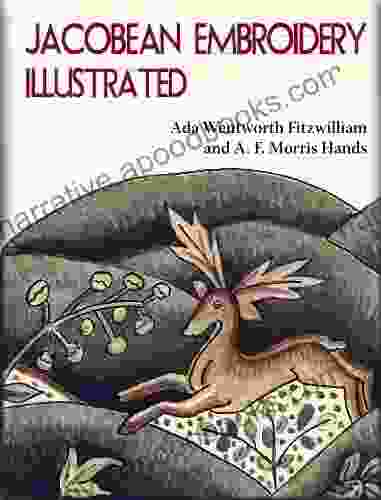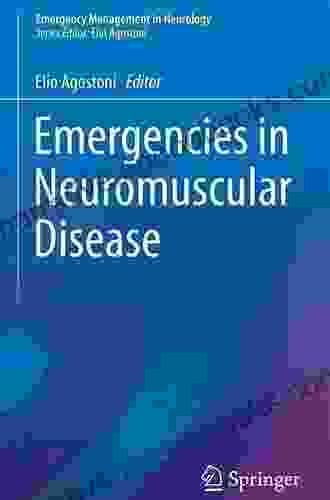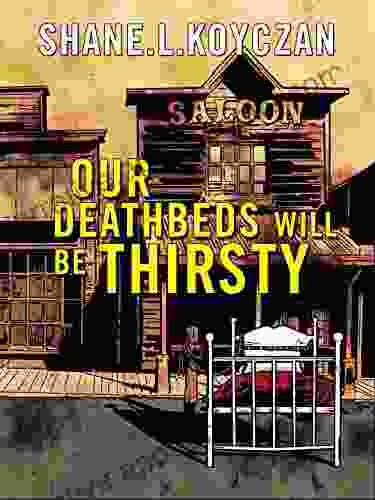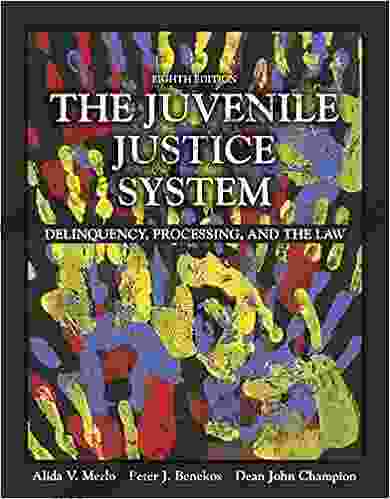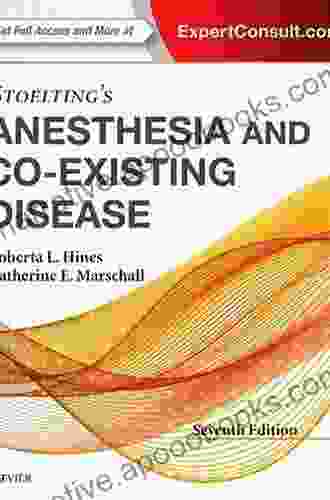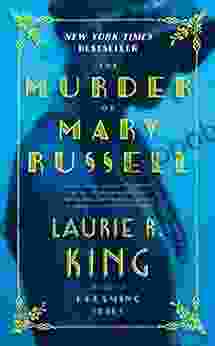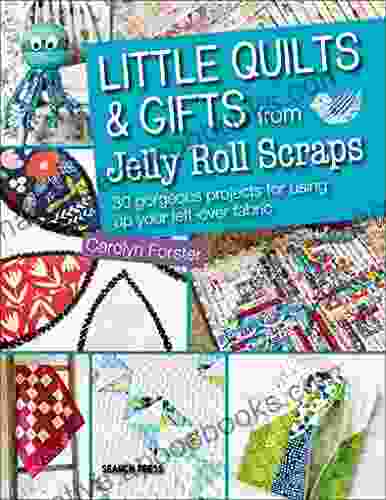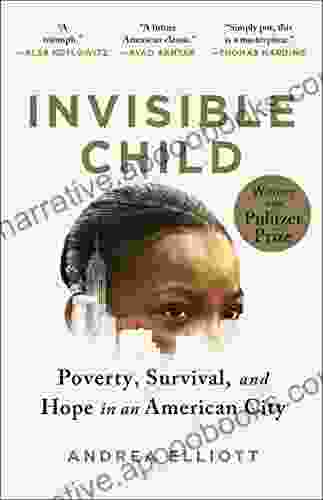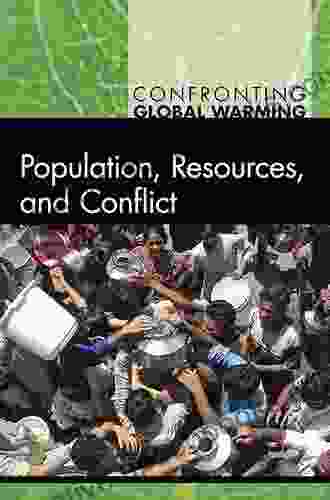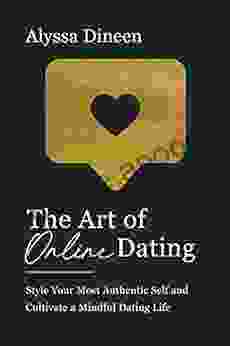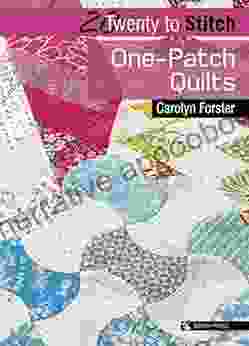Embark on a Journey into the Splendor of Jacobean Embroidery
In the annals of textile arts, few periods rival the grandeur and sophistication of the Jacobean era (1603-1625). Born from the fusion of Renaissance aesthetics and English ingenuity, Jacobean embroidery stands as a testament to the boundless creativity and technical mastery of Tudor seamstresses. This comprehensive article, richly illustrated with stunning examples, delves into the intricate world of Jacobean embroidery, unraveling its captivating forms, diverse fillings, and the lasting legacy it has left on the tapestry of art history.
Origins and Influences
The roots of Jacobean embroidery can be traced back to the elaborate and ornate styles prevalent during the late Tudor period (1485-1603). Influenced by Italian and Flemish Renaissance motifs, English embroiderers began experimenting with new techniques and designs, incorporating elements of naturalism, symmetry, and heraldry into their creations.
4.1 out of 5
| Language | : | English |
| File size | : | 5360 KB |
| Text-to-Speech | : | Enabled |
| Screen Reader | : | Supported |
| Enhanced typesetting | : | Enabled |
| Print length | : | 92 pages |
As the 17th century dawned, the accession of James VI of Scotland to the English throne marked the beginning of the Jacobean era. This period witnessed a surge in patronage for the arts, with embroidery flourishing under royal commissions and the patronage of wealthy merchants.
Distinctive Forms and Motifs
Jacobean embroidery is characterized by its distinctive forms and motifs, which often reflect the grandeur and opulence of the era. Common design elements include:
- Naturalistic Flowers and Foliage: Intricate depictions of realistic flowers, such as roses, carnations, and lilies, were meticulously rendered with fine stitching and vibrant hues. Leaves and scrolling vines added a sense of organic movement and depth to the designs.
- Geometric and Heraldic Motifs: Geometric patterns, such as squares, circles, and lozenges, were frequently used to create striking bFree Downloads and accentuate central motifs. Heraldic emblems, representing families or guilds, were also popular additions, adding a touch of regality and personalization.
- Animals and Insects: Realistic representations of animals, such as birds, rabbits, and insects, often adorned Jacobean embroideries. They added a touch of whimsy and naturalism to the otherwise formal designs.
- Vines and Scrollwork: Elaborate vines and scrolling designs, inspired by Italian Renaissance grottesca, added movement and a sense of interconnectedness to Jacobean embroideries. These flourished into complex patterns, often framing central motifs or creating intricate bFree Downloads.
Diverse Fillings and Techniques
The beauty of Jacobean embroidery lies not only in its intricate forms but also in the skillful use of fillings and stitches. These techniques added texture, depth, and dimension to the designs. Some of the most common fillings include:
- Needle Lace: Openwork areas created using fine stitching resemble lace and add a delicate touch to Jacobean embroideries. Needle lace was often used to create intricate bFree Downloads or fill small areas.
- Purl Stitching: A technique that creates raised, beaded lines or patterns, adding a tactile element to the embroidery. Purl stitching was often used to highlight contours, add texture, or create bFree Downloads.
- Silk Shading: The use of variations in stitch direction and density to create subtle gradations of color and shading, giving embroidery a sense of depth and realism.
- Appliqué: The technique of attaching pieces of fabric or embroidery onto a base fabric, creating a layered effect and adding texture and interest to the design.
A Tapestry of Styles
Jacobean embroidery encompassed a diverse range of styles, each with its own unique characteristics:
- Early Jacobean (1603-1615): This early period was marked by a strong influence from the late Tudor style, with vibrant colors and naturalistic motifs. Delicate needle lace bFree Downloads and heraldic motifs were common.
- Intermediate Jacobean (1615-1620): As the Jacobean period matured, embroidery designs became more organized and symmetrical. Intricate scrolling vines and animal motifs gained prominence.
- Late Jacobean (1620-1625): The final years of the Jacobean era saw a shift towards more geometric and stylized designs. Large-scale motifs, such as stylized lions, were often used as central elements.
Legacy and Influence
The legacy of Jacobean embroidery extends far beyond the Tudor era. Its intricate designs and masterful techniques have continued to inspire and influence textile artists for centuries. Elements of Jacobean embroidery can be found in:
- Later Embroideries: Jacobean motifs and techniques influenced subsequent embroidery styles, including Charles I's Stumpwork and Later Stuart Embroidery.
- Modern Textile Art: Contemporary textile artists continue to draw inspiration from Jacobean embroidery, incorporating its naturalistic motifs and intricate stitches into their own creations.
- Historical Reenactment and Costume Design: Jacobean embroidery plays a significant role in historical reenactment and costume design, helping to recreate the opulent attire of the Tudor era.
Jacobean embroidery is a captivating testament to the creativity and technical prowess of 17th-century English craftswomen. Its intricate forms, diverse fillings, and rich symbolism embody the grandeur and sophistication of the Tudor era. Through the centuries, Jacobean embroidery has continued to inspire and influence textile artists, leaving an enduring legacy in the world of art and design.
Whether you are an embroidery enthusiast, a lover of Tudor history, or simply appreciate exquisite craftsmanship, Jacobean Embroidery Illustrated: Its Forms and Fillings Including Late Tudor is an indispensable resource. With its sumptuous illustrations and expert analysis, this comprehensive guide unlocks the secrets of this extraordinary art form, inviting you to immerse yourself in the splendor of the Jacobean era.



